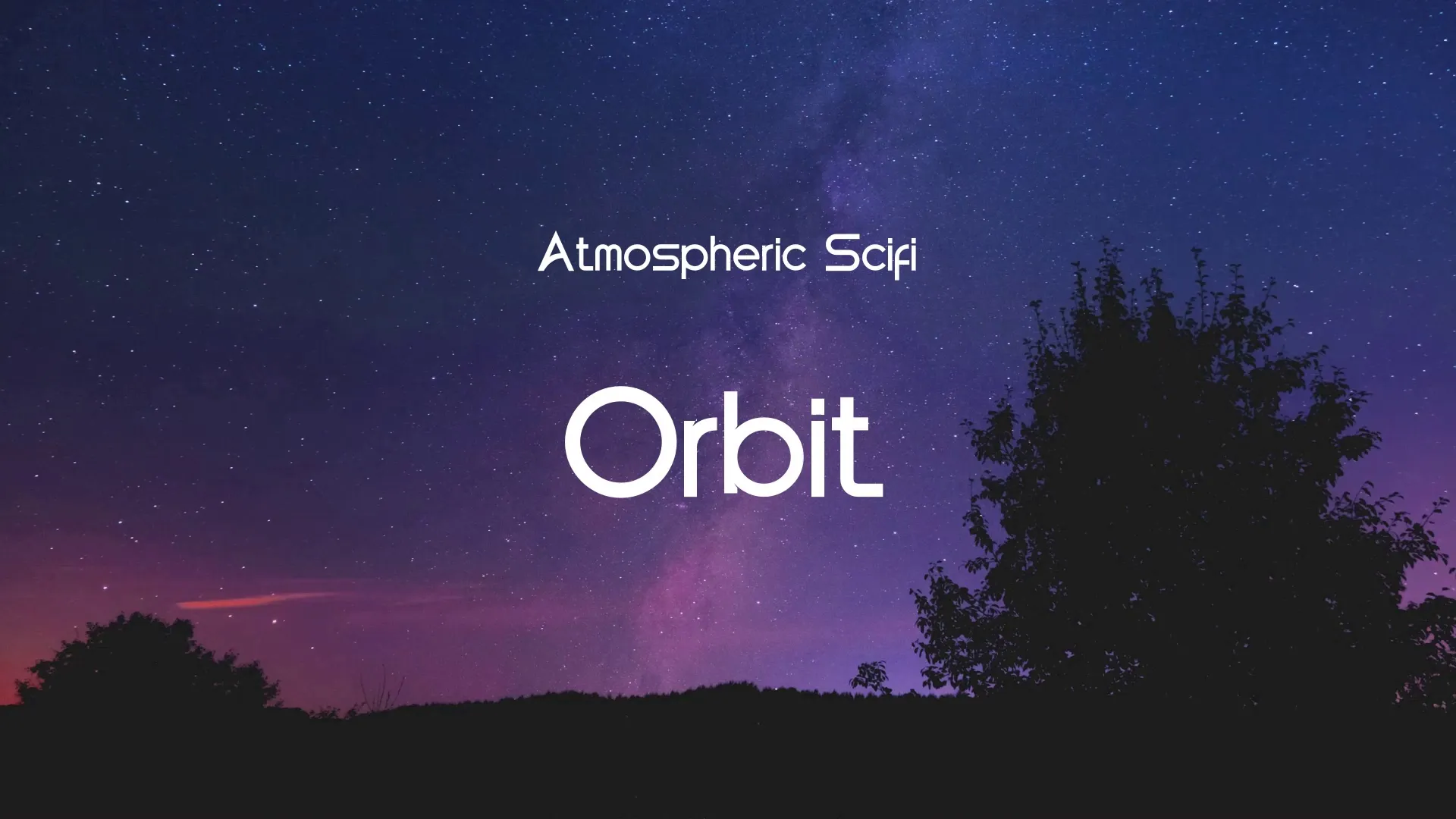Beyond Development: Best Social Media for Game Developers to Build a Strong Dev Identity
Game development extends beyond coding and asset creation. Building a strong dev identity online is crucial for visibility and connection. This guide explores the best social media for game developers to showcase their work and foster a thriving community.
Why Social Media Matters for Game Developers
Social media is not merely a marketing channel; it’s a platform for connection. It allows you to showcase your work directly to potential players and industry peers. A strong dev identity builds trust and anticipation for your projects.
Choosing Your Platforms: Where to Focus Your Efforts
Not every platform is right for every developer. Select channels that align with your content type and comfort level. Overextending across too many platforms leads to diluted efforts and potential burnout.
Twitter/X: Quick Updates and Community Engagement
Twitter/X remains a hub for #gamedev discussions and quick updates. Share screenshots, GIFs, and short development insights. Engage with other developers and reply to comments to foster community.
Mastodon/Bluesky: Alternatives for Similar Experiences
For those seeking alternatives to Twitter/X, Mastodon and Bluesky offer similar microblogging functionalities. They can provide a fresh environment for connecting with specific niches.
Discord: Direct Interaction and Feedback
Discord is ideal for building a dedicated community around your game. Create a server to interact directly with fans, gather feedback, and host Q&A sessions. This direct line of communication is invaluable for iterative development.
YouTube/TikTok: Visual Content and Devlogs
Video platforms excel at showcasing gameplay, development diaries, and behind-the-scenes content. YouTube is great for longer devlogs, while TikTok thrives on short, engaging snippets. Visual storytelling captivates audiences and conveys progress effectively.
Instagram: Art, Visual Development, and Behind-the-Scenes Glimpses
Instagram focuses on high-quality visuals, making it perfect for sharing game art, character designs, and environmental assets. Use stories for quick updates and behind-the-scenes glimpses of your creative process.
LinkedIn: Professional Networking and Industry Connections
LinkedIn serves as a professional networking tool. Connect with publishers, recruiters, and fellow developers. It’s a platform for showcasing your professional journey and career milestones.
Crafting Your Dev Identity: What to Share and How
Your dev identity is more than just your game; it’s your story. Authenticity resonates with audiences and builds a genuine connection. Share your passion and the human side of game development.
Authenticity: Be Yourself, Share Your Passion
Audiences connect with genuine personalities. Let your unique voice shine through in your posts. Avoid purely promotional content; instead, share your journey and challenges.
Showcasing Work: Regular Updates on Progress
Consistent updates on your game’s progress keep your audience engaged. Share screenshots, short video clips, and explanations of new features. A dedicated portfolio page, like a Devpage, centralizes your projects and makes it easy for others to see your entire body of work.
Behind-the-Scenes: Share Challenges and Successes
People are fascinated by the development process itself. Share both your triumphs and the obstacles you overcome. This transparency humanizes your brand and builds empathy with your audience.
Create a free account, or log in.
Gain access to free articles, game development tools, and game assets.










.webp)



.webp)








